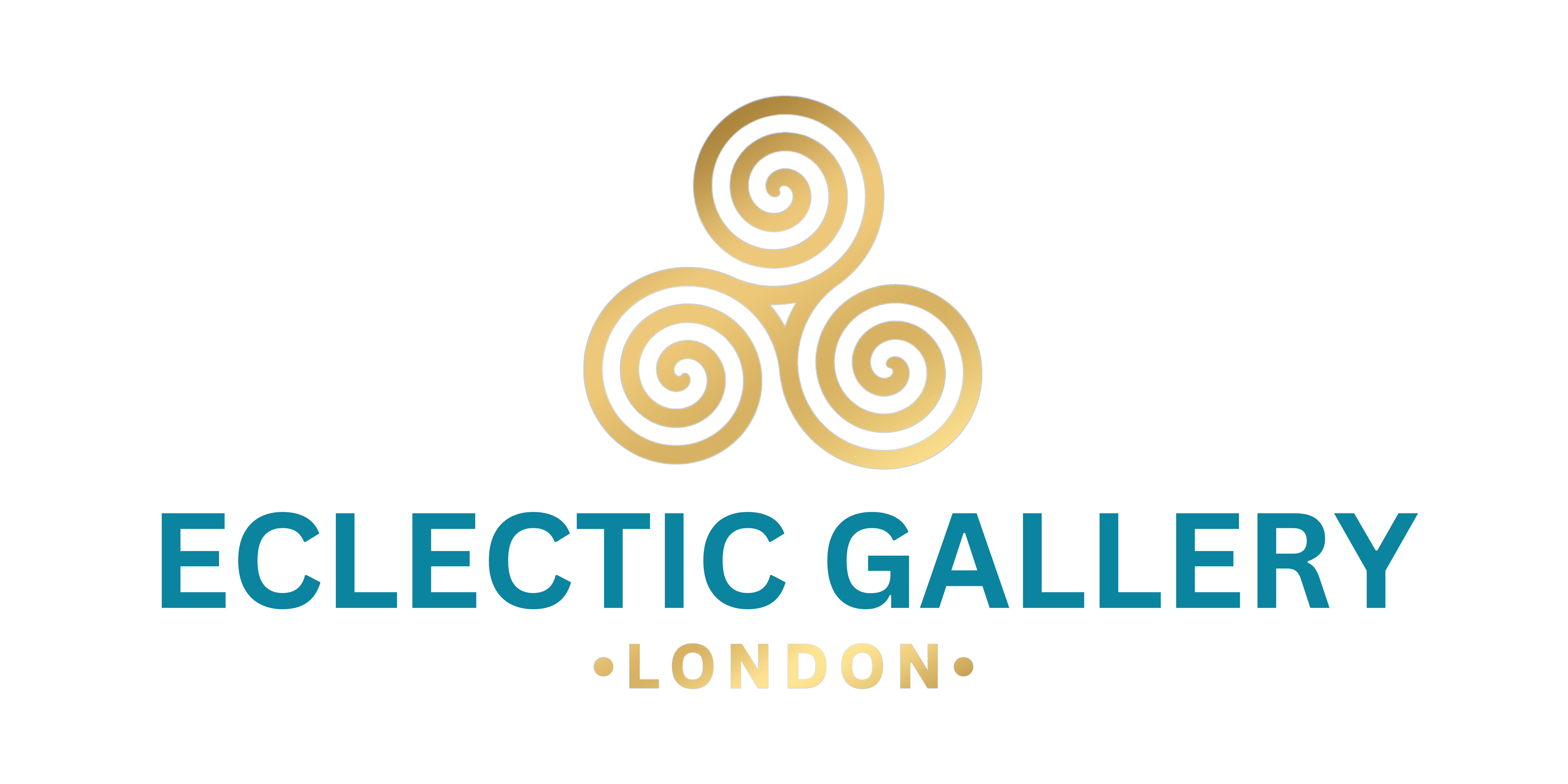Fauvism, a revolutionary art movement of the early 20th century, introduced a term that encapsulates its essence: "wild beasts." This movement, marked by vibrant colors and bold strokes, sought to break away from traditional artistic norms. Fauvist artists rejected realistic depictions, opting instead for a bold and unrestrained use of color that defied convention.
The term "wild beast" in Fauvism refers to the untamed and instinctive approach these artists embraced in their work. Spearheaded by painters like Henri Matisse and André Derain, Fauvism is synonymous with vivid hues and dynamic brushwork. The movement rejected subtle color palettes, opting for intense and non-representational colors to evoke emotion and energy.
Fauvists employed bright colors to challenge the subdued tones prevalent in the art world at the time. The movement, characterized by its use of arbitrary color choices and aggressive brushstrokes, aimed to provoke a visceral response from viewers. The color theory of Fauvism embraced discordant combinations, creating a visual experience that transcended realism.
The core concept of Fauvism lies in its departure from representational accuracy, emphasizing emotional expression over realistic depiction. This departure from tradition shocked the art world, challenging established norms and sparking conversations about the subjective nature of art.
Key figures of Fauvism, including Raoul Dufy and Kees van Dongen, joined Matisse and Derain in creating a body of work that celebrated individual expression. What defines Fauvism is the liberation from artistic constraints, allowing unrestrained creativity to flow onto the canvas.
Fauvism's audacious departure from artistic conventions was shocking, pushing boundaries and challenging the status quo. The movement's rejection of subdued tones and embrace of vibrant, non-representational colors defied expectations, leaving a lasting impact on the art world.
In conclusion, Fauvism is not just an art movement; it's a declaration of artistic independence. Through wild strokes and vibrant colors, Fauvist artists unleashed their creative instincts, forever altering the trajectory of art history. The shockwaves of Fauvism continue to resonate, reminding us of the power of unrestrained expression in the world of art.


